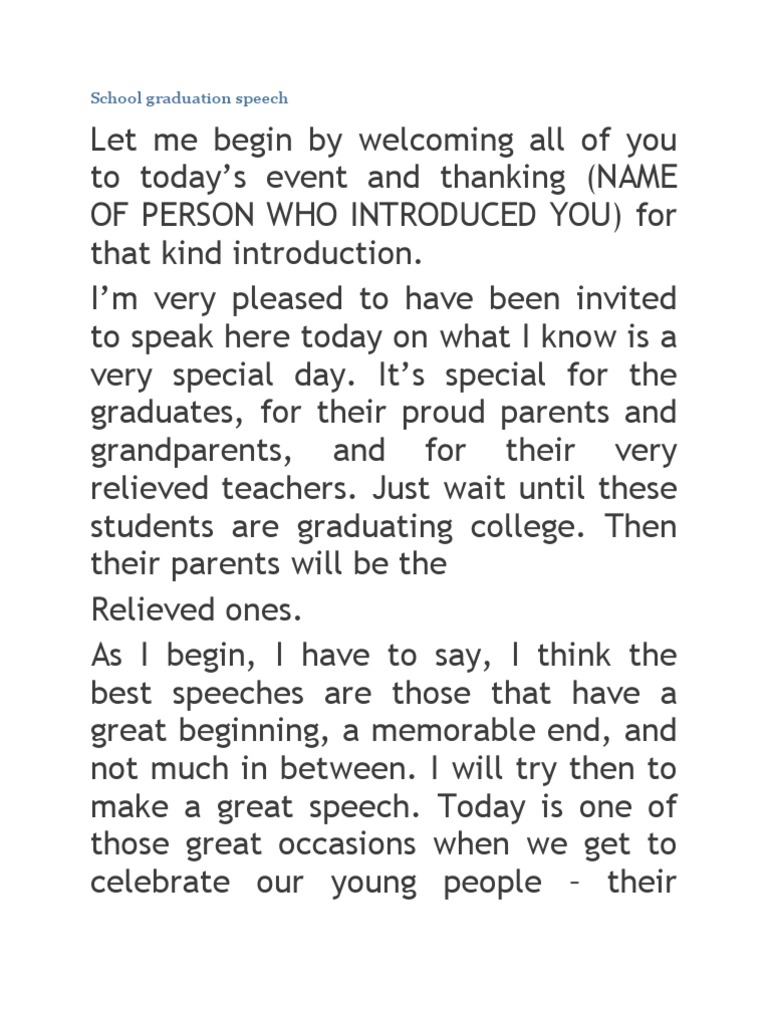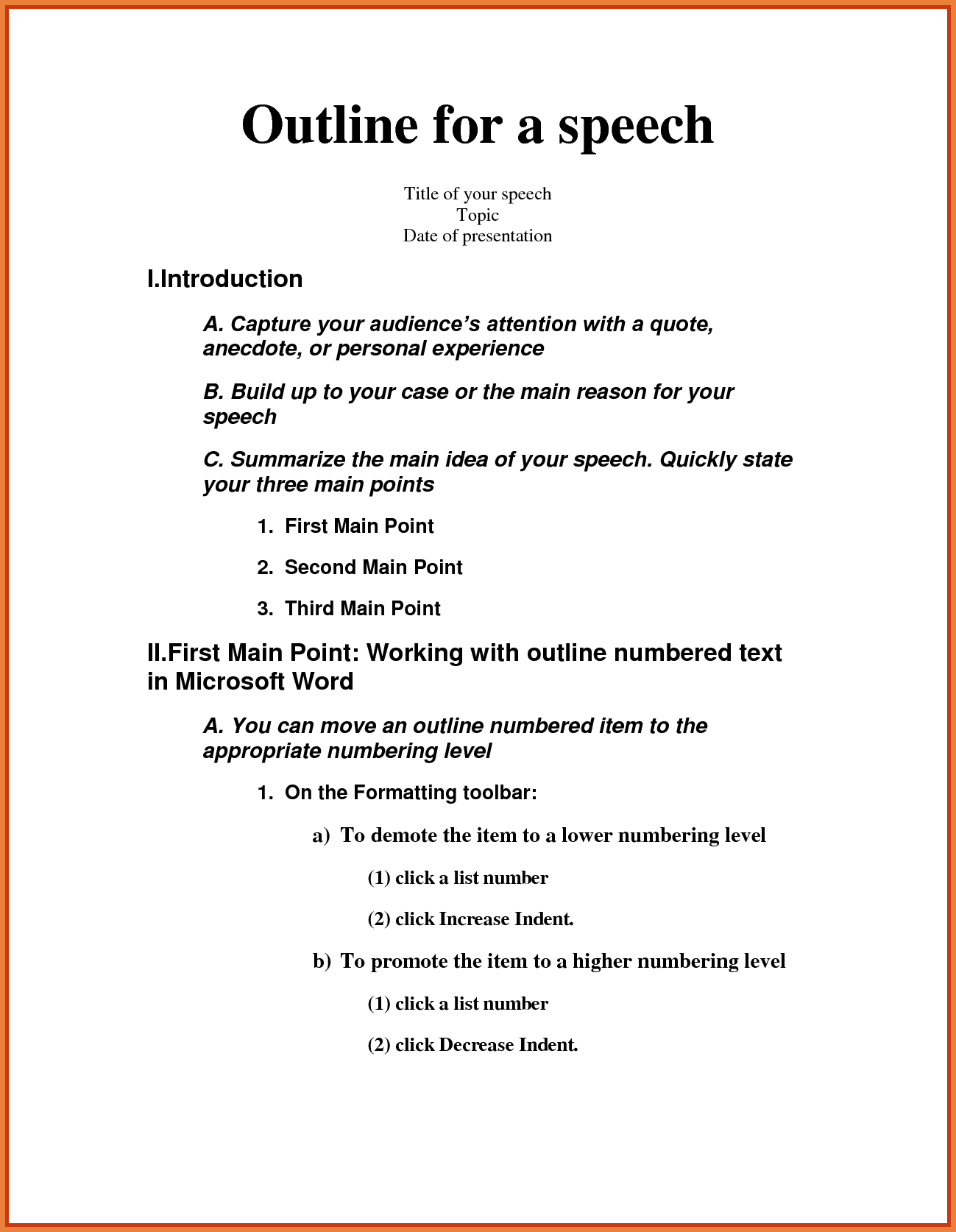

This was no surprise to one of the authors, whose students often comment that they were able to organize their essays and papers for other classes much better after learning good organization principles for speaking. Yun, Costantini, and Billingsley (2012) also found a side benefit to learning to be an organized public speaker: your writing skills will improve, specifically your organization and sentence structure.

Before you can label your main points clearly or put them in the right order, you have to group your informationįinally, because your audience will understand you better and perceive you as organized, you will gain more credibility as a speaker if you are organized, assuming you also have credible information and acceptable delivery (Slagell, 2013 Sharp & McClung, 1966). We will return to the order of parts and labeling sections of the speech later in the chapter. These steps are grouping, labeling, and ordering (putting into a good order). You might think about organization in public speaking as having three steps. Secondly, the categories of information should be distinct, different, and clear. That last phrase is bolded for emphasis because ultimately, your organization is going to depend on your specific purpose. It is also acceptable for short speeches to just have two main points, if doing so supports your specific purpose.

In public speaking, to be on the safe side, the “minus two” is advised: in other words, you should avoid having more than five main points in a speech, and that would only be for a speech of greater length where you could actually support, explain, or provide sufficient evidence for five points.įor most speeches that you would give in class, where you have about 5-7 minutes, three points is probably safe territory, although there could be exceptions, of course.
#Signpost in speech examples plus
You have probably heard that this number of items or categories is seven, or as one source says, “seven plus or minus two” (Miller, 1956 Gabriel and Mayzner, 1963 Cowan, Chen, & Rouder, 2004). Sources on how audiences need organization are listed in the references at the end of the book, but they are summarized here.įirst, as we listen, we have limits as to how many categories of information we can keep in mind. Significant psychological and communication research has been done about how an audience needs and desires clear organization in a speech as they listen. In this chapter we will examine why that is true and how you can translate that type of structure to your own speeches. If so, you already know that structure makes a difference for your own listening and learning. And then you might have an instructor who tells interesting stories, says provocative things, and leads engaging discussions, but you have a really hard time following where the instruction is going. Have you had this experience? You have an instructor who is easy to take notes from because he or she helps you know the main ideas and gives you cues as to what is most important to write down and study for the test.


 0 kommentar(er)
0 kommentar(er)
